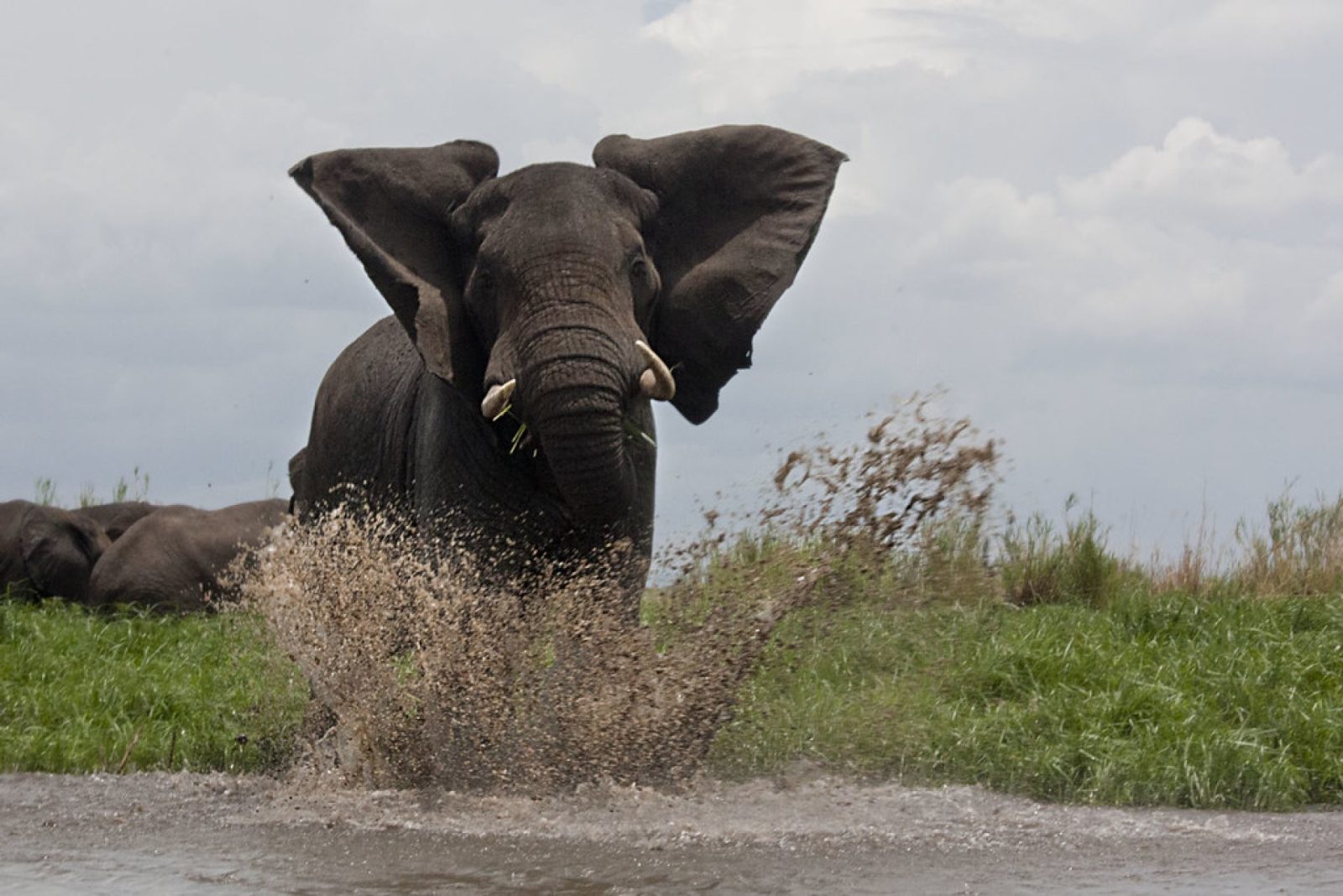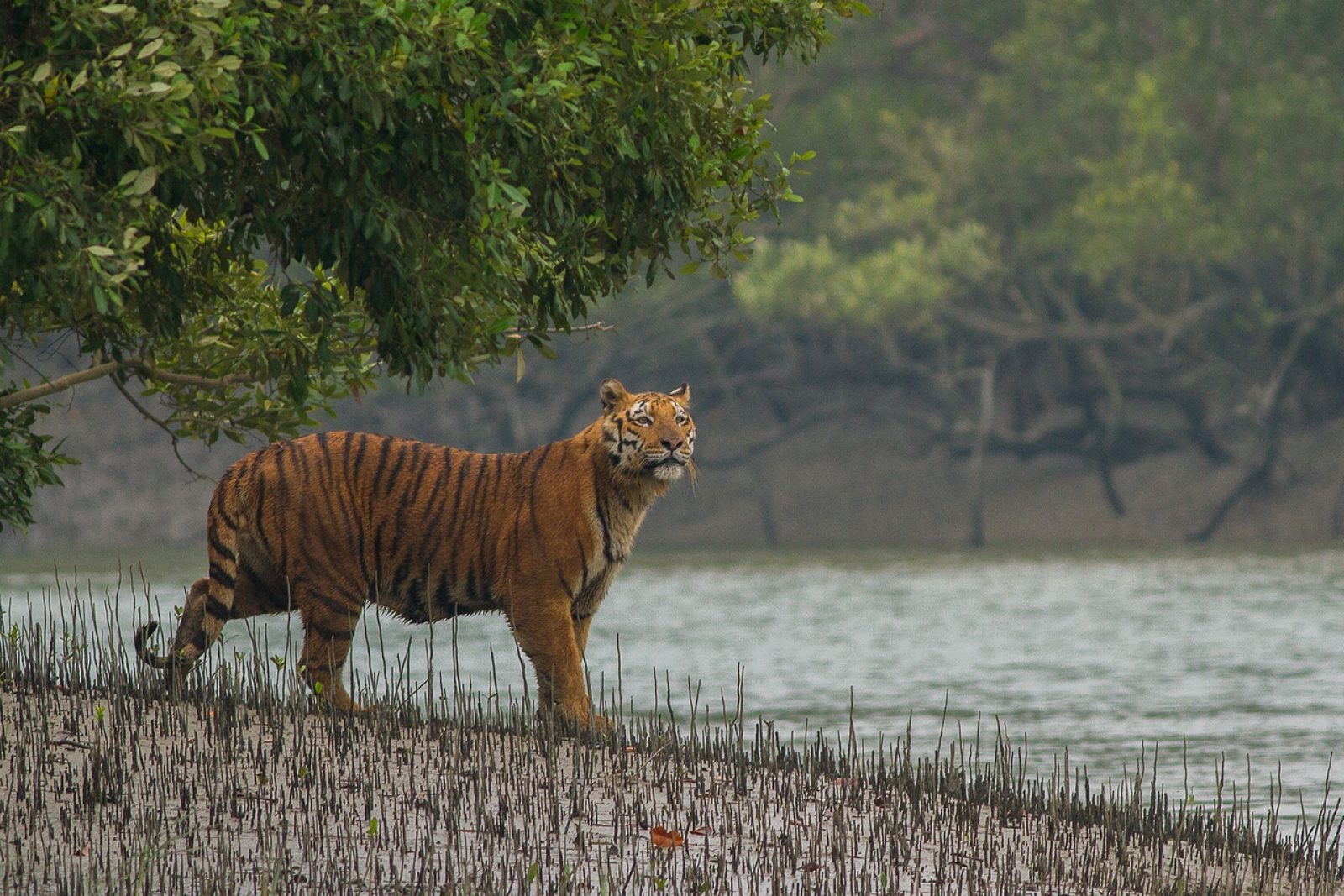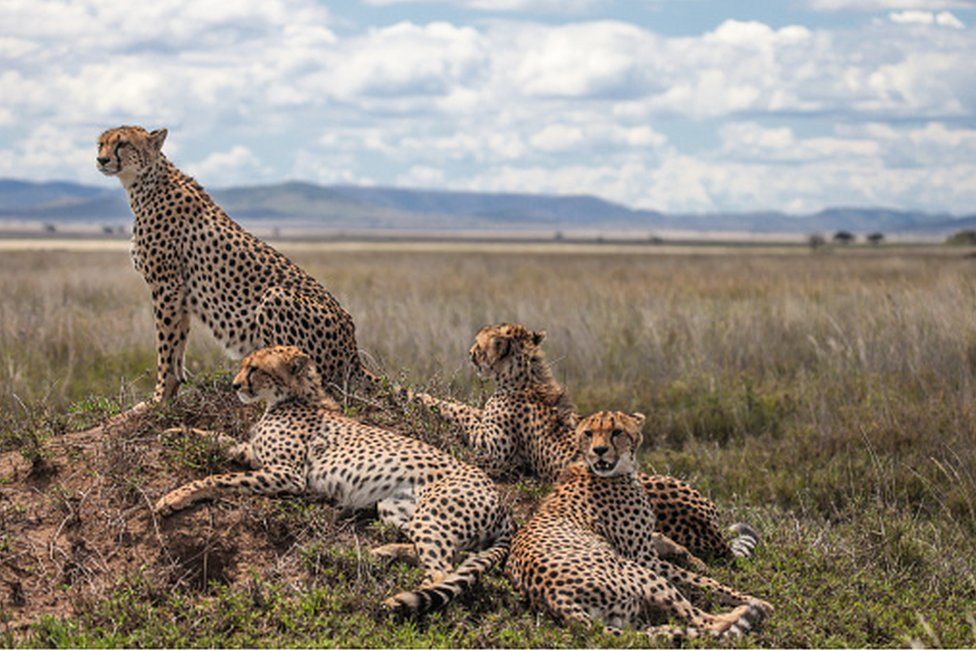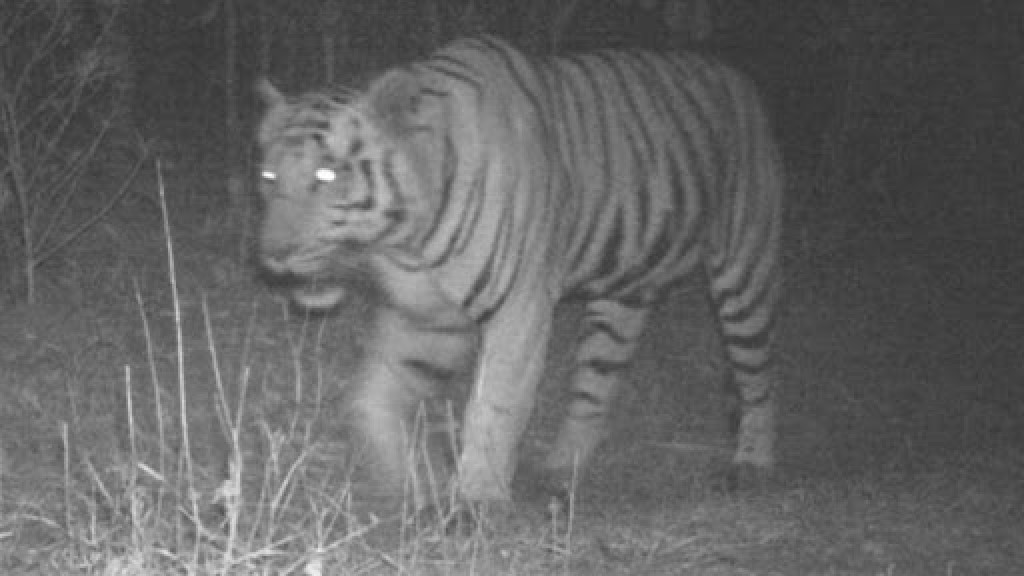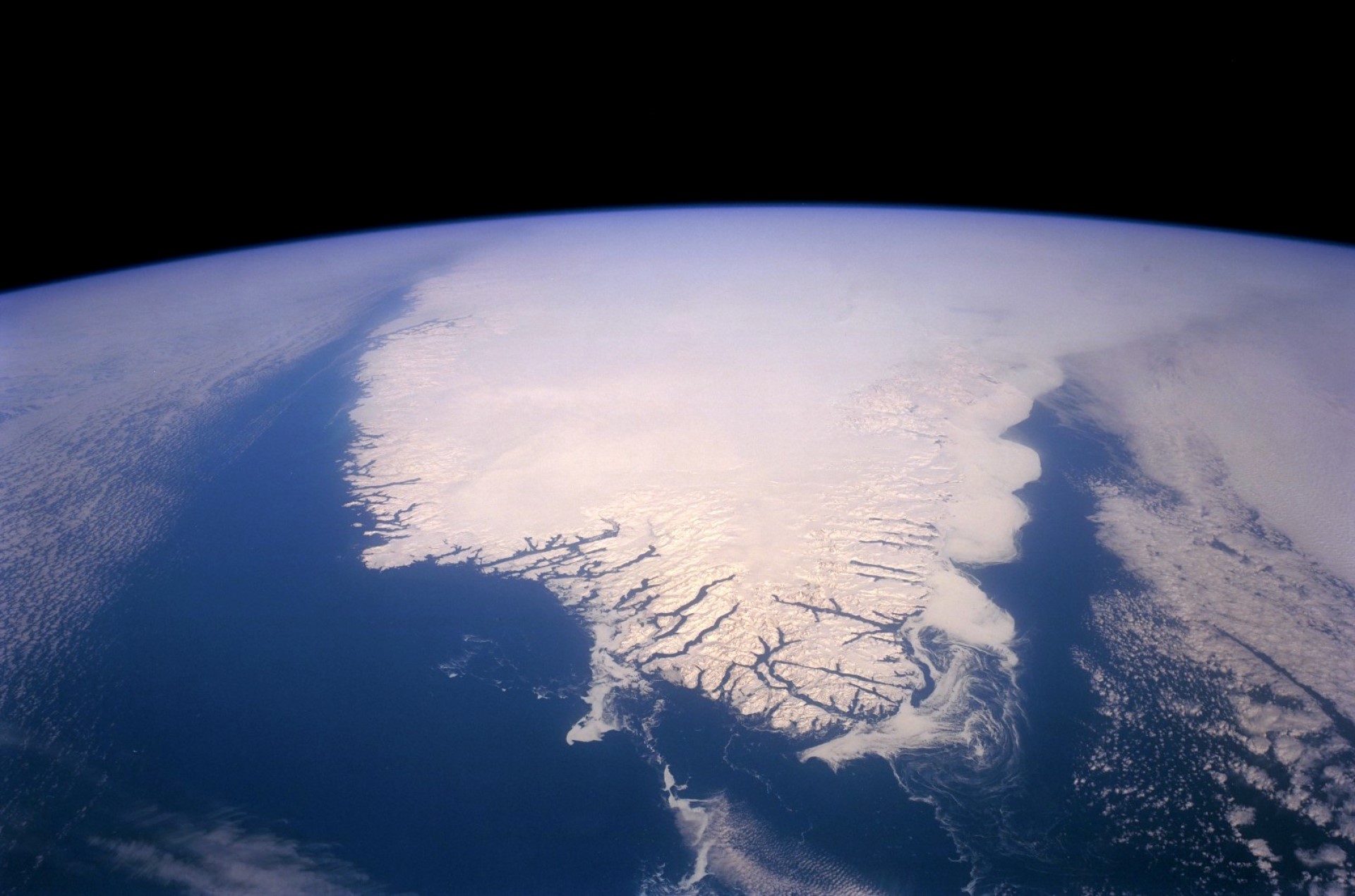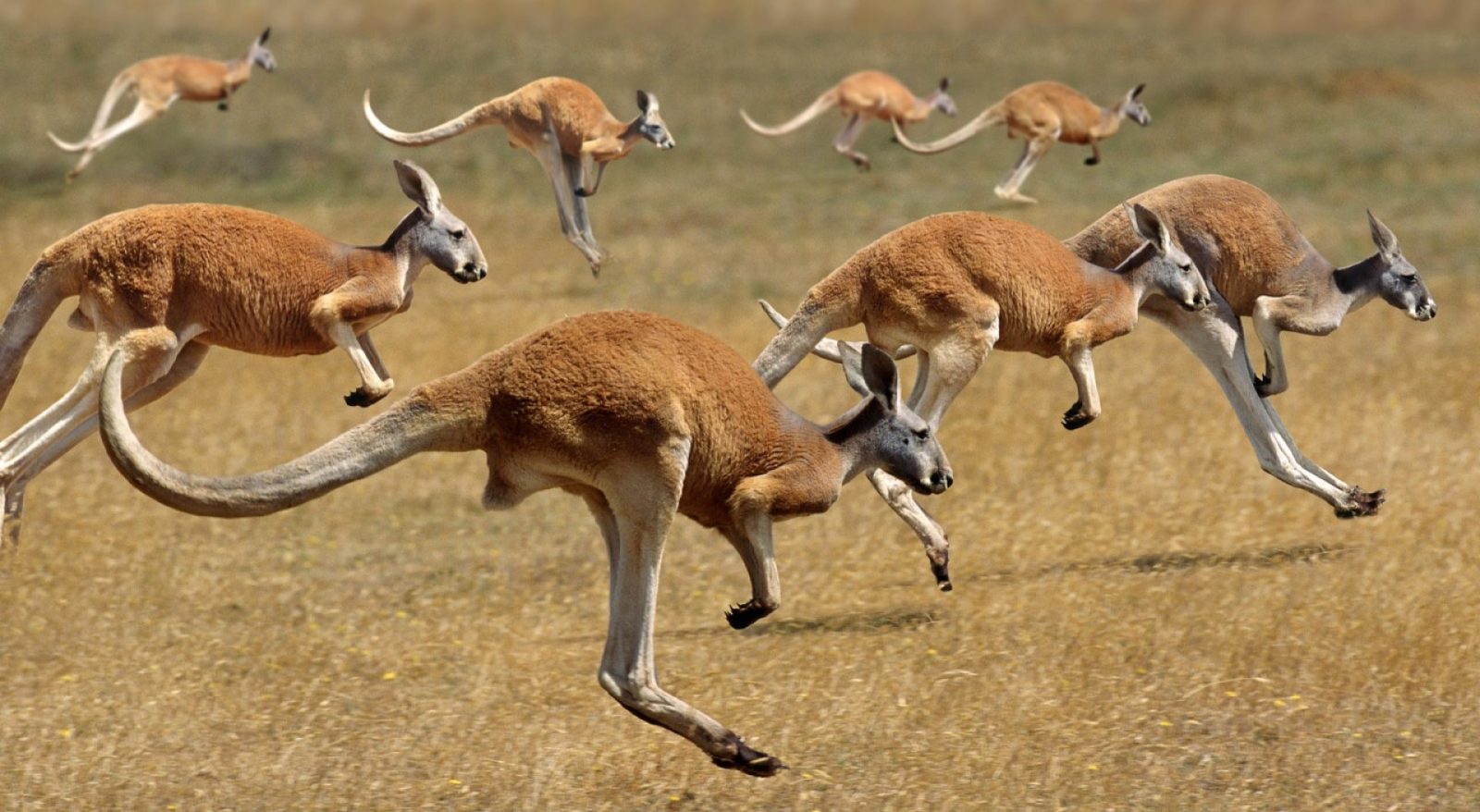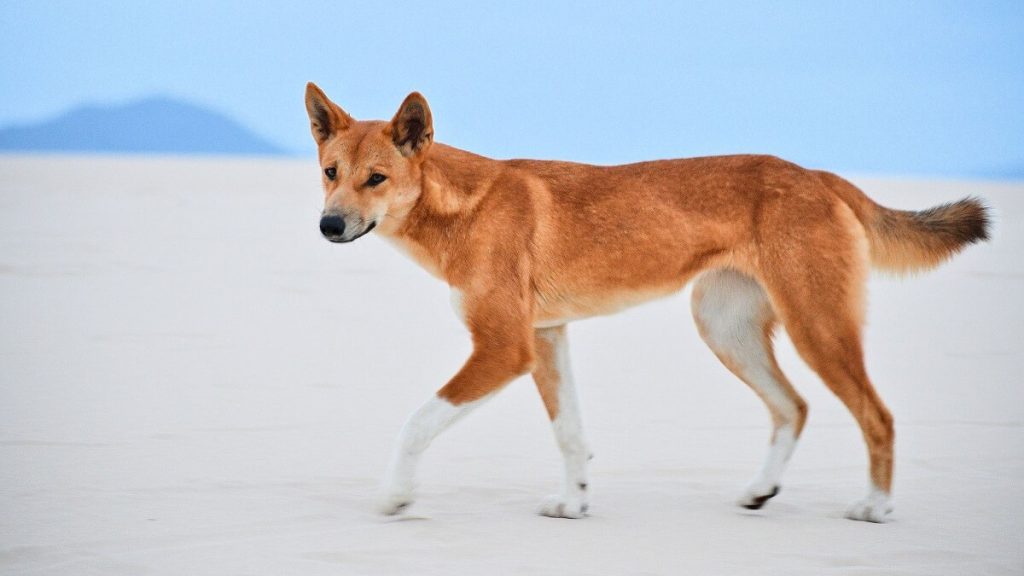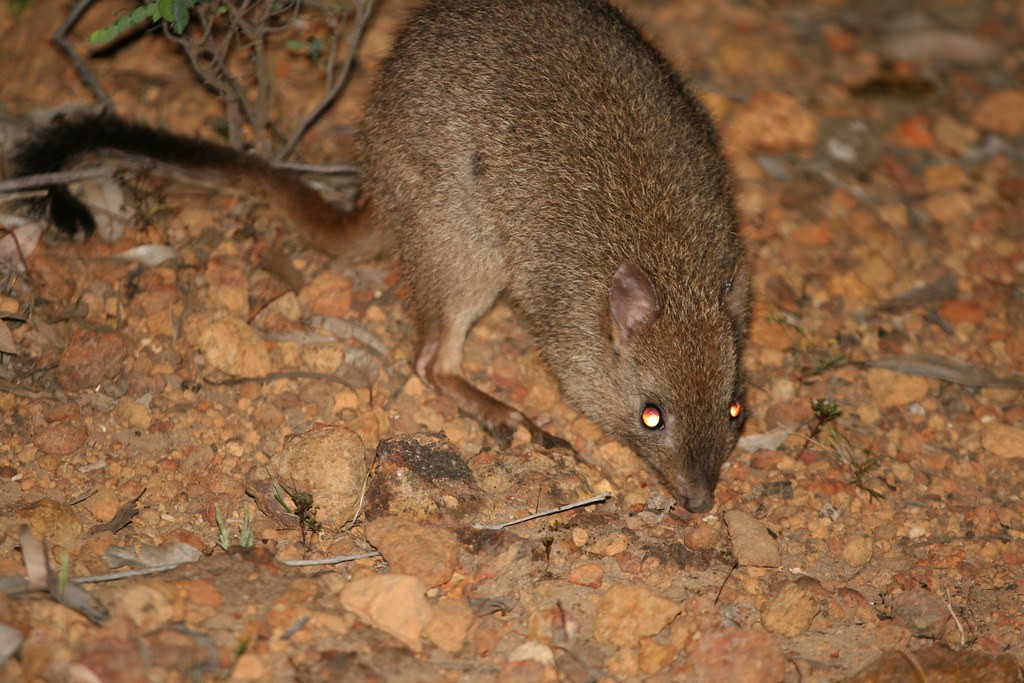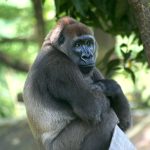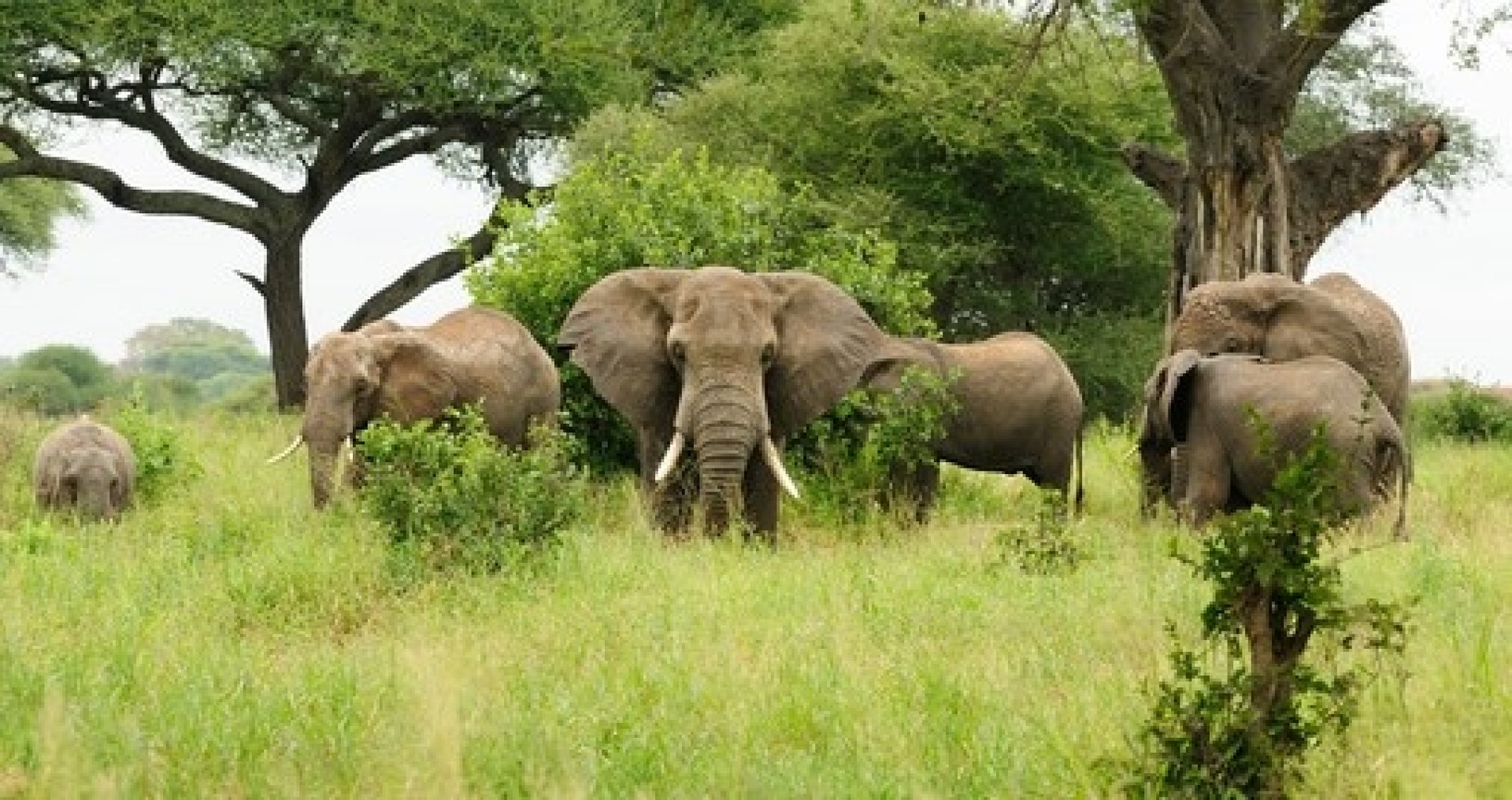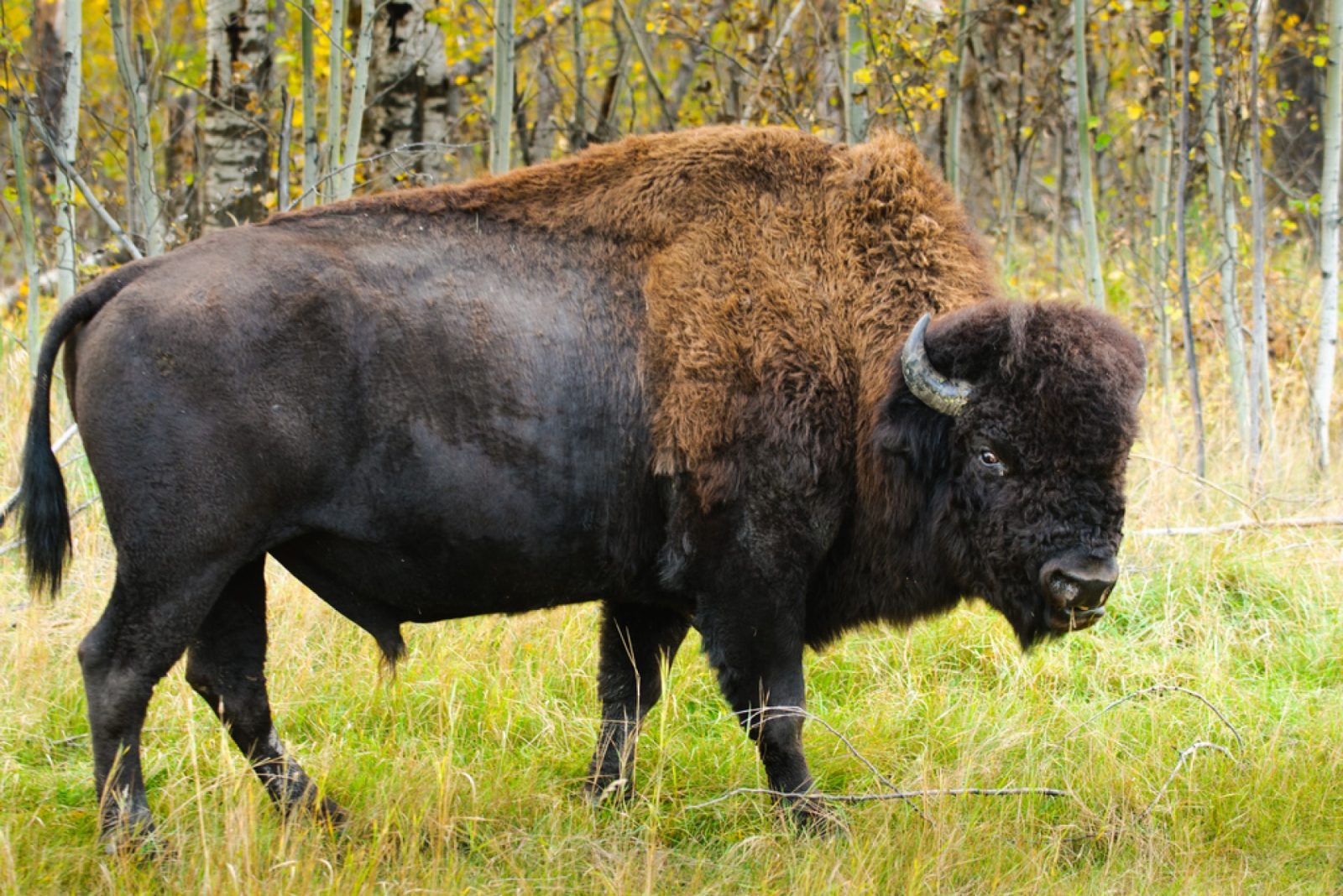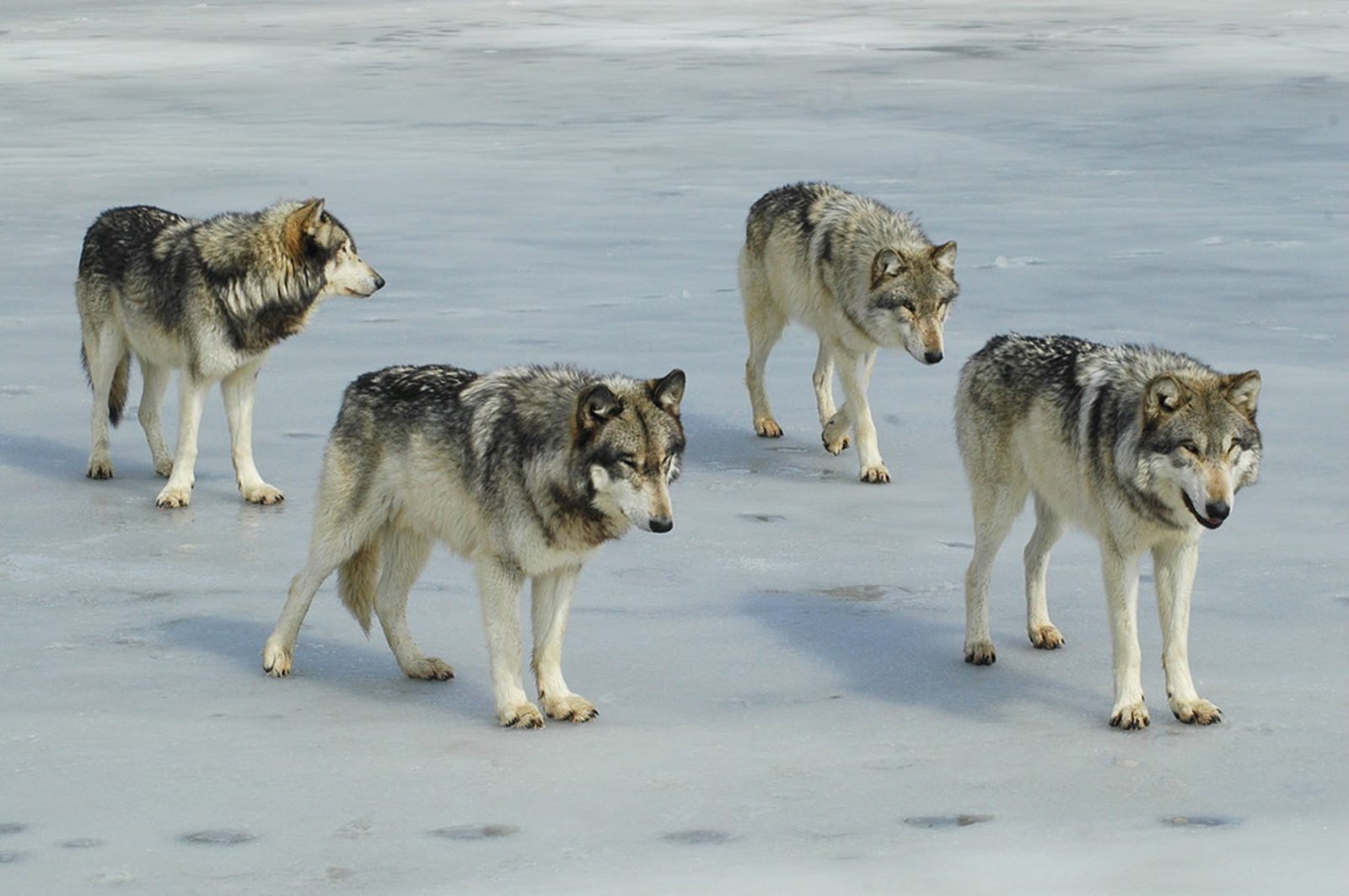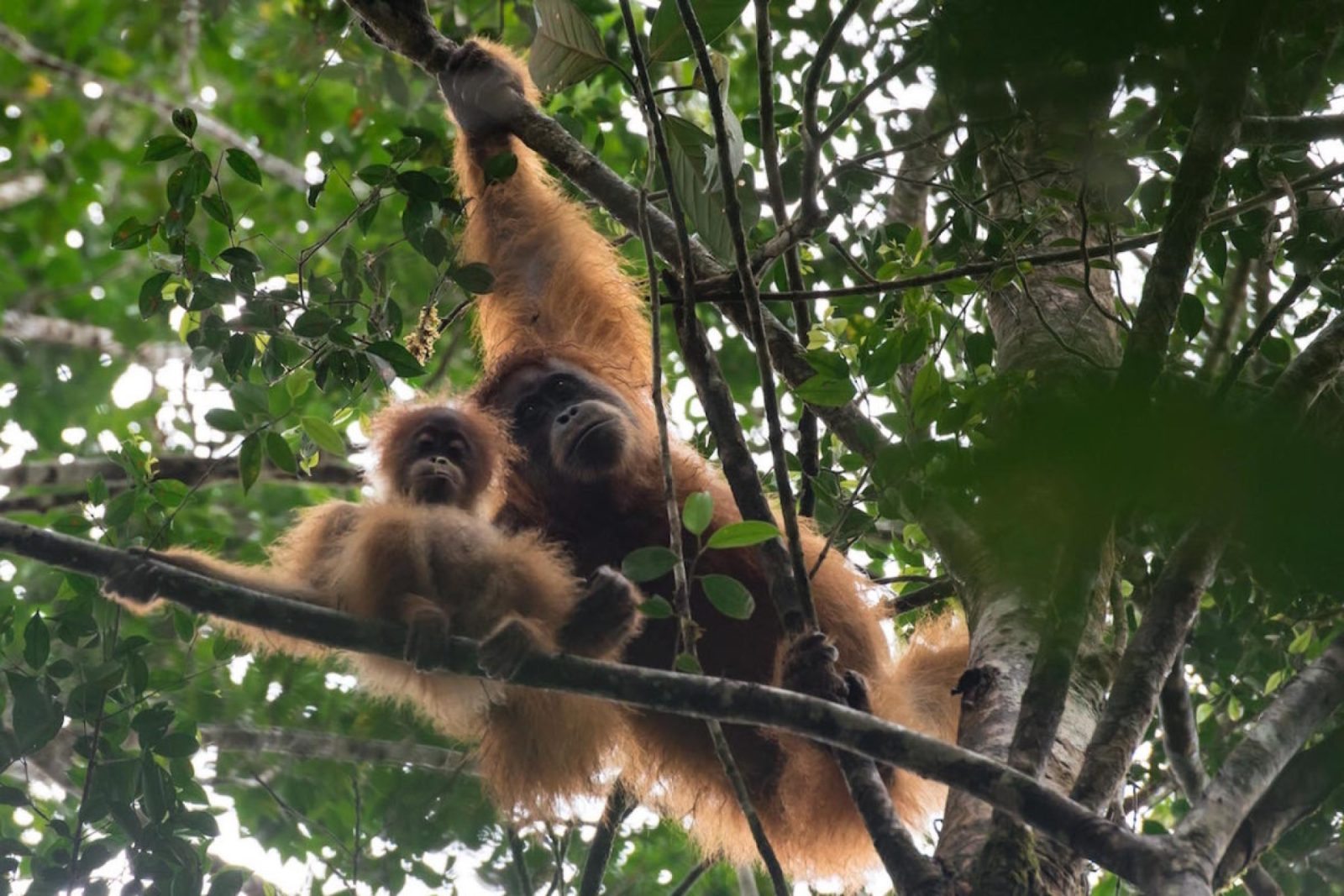
China
China is another large country in Asia, though with a population of over 1.4 billion, unfortunately much of the wildlife has come under dramatic pressure. This is unnecessary, as the majority of the population live in a relatively small area, but for a range of reasons, much of the wildlife has been eradicated. The hope is that over time some of this might recover.
The number of species which still live here (either just clinging on, or thriving)
Here is a list of some of the species which can be seen in the country (there are 495 so we will only list some of the more exciting)
Asian elephant, Amur tiger, Bengal tiger (likely extinct South China Tiger), Indian Leopards, Indo Chinese Leopard, Amur Leopard, Panda bears, Sun bears, 4 subspecies of the brown bear (and the same of the black bear) 3 species of rhino (though possibly all gone) Dugong, various macaques, snub-nosed monkey and langar species, a surprising range of gibbons, porcupines, squirrels (flying and not), beavers and several species of pangolin. There are also a whole range of whale species, that live in China waters.
There are obviously many more that have not been mentioned.
To the left, you will find a map of China and its regions. Below this, you will find a sightings map for the whole country. please do put in your sightings. Please note: it will not look like this. China has had a horrific time with poaching, and continues to do so abroad. As such when sightings start to appear, they will either never show publicly, or only briefly. Never the less, what filtering is available have its controls at the top of the page
Should the sightings become a significant database, we will make sure that it goes to the right people
China News
China has cleaned up its grid, so why is it also making lots of coal power stations
- Tim
- June 30, 2023
China is planning 100 new coal PowerStation. Given their drive to reduce carbon emissions, and the fact that China manufactures many of the worlds solar panels, this seems to be...
As the huge panda reserve takes shape in SW China other species are benefitting
- Tim
- June 30, 2022
Over the last couple of years, snow leopards have been sighted in Pingwu county - Sichuan province. This confirms that the range of the snow leopard has expanded eastward as...
Amur tiger back from the brink in China, what can this mean in the future
- Tim
- June 4, 2022
The Amur tiger lives in the far east of Russia, and across the border in china. As little as 15 years ago, the number of Amur tigers living within China...
Tiger doubling from 2010 aim review – China
- Tim
- February 15, 2022
Wild herd of elephants leave their reserve and roam 500km (300 miles) across China
- Tim
- June 9, 2021
A herd of elephants left their home in March of 2020, and have been roaming free for the last 15 months. In that time they have travelled 500 km (300...
What to do about the wild animal market in China
- Tim
- April 2, 2021
The Coronavirus is thought to have emerged in one of the wet markets of Wuhan, China. Much of what went on in these markets was never fully legal. Indeed this...
China has stated that they will aim to hit peak emissions by 2030 and carbon neutrality by 2060
- Tim
- March 25, 2021
These statements have been made before, however the Chinese president has reaffirmed them over video-link to the UN general assembly. Currently responsible for around 28% of world emissions this is...
China has now committed to peak and zero carbon, making only the USA a climate pariah
- Tim
- October 2, 2020
When initially there was a discussion among the global community about cutting carbon emissions to fight global warming, it was agreed that many countries that were just developing needed to...
Zimbabwe is in the process of moving hundreds of elephants and two prides of lions from hwange National Park due to drought drying up their water pools, as well as shipping dozens to zoos in china
- Tim
- December 22, 2019
Drought hit animals too, and in this instance a Drought in Zimbabwe has hit hwange national park so hard that the animals have started to die in large numbers.

While...
China’s plan for a huge panda reserve
- Tim
- June 23, 2018
Cao vit Gibbon is 40% closer to extinction than thought.
- Tim
- July 26, 2024
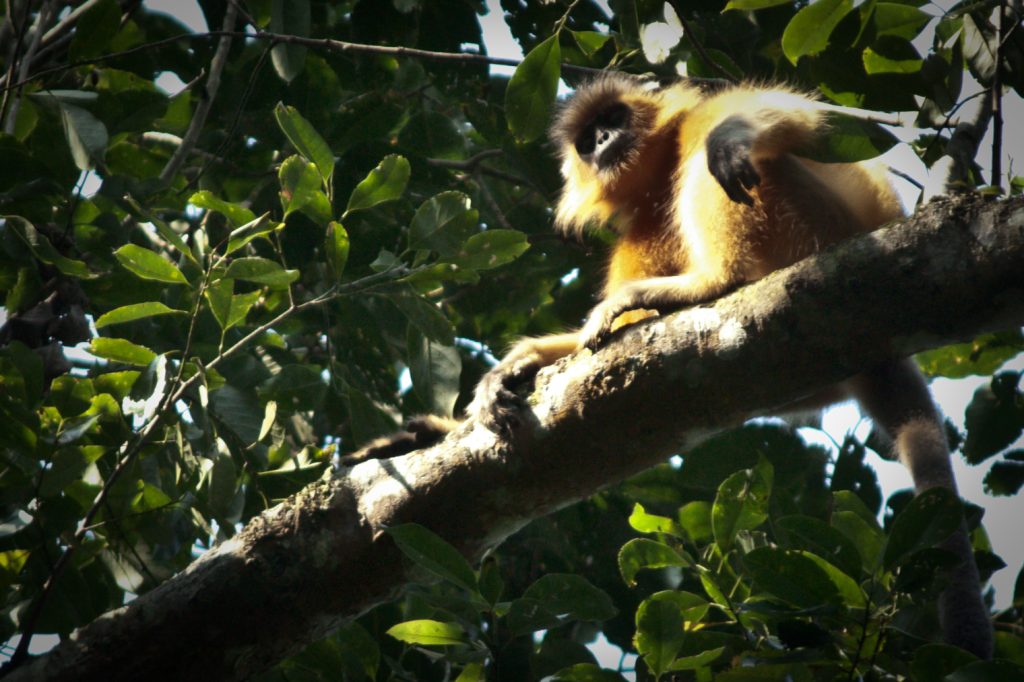
This species was already only thought to have a wild population of 120, however the population has been found to have fallen to just 74 (a 38% reduction).
Just found...
South Africa’s ruling party (the cabinet) has approved plans to phase out lion farming and private rhino breeding
- Tim
- July 15, 2024
The human race has now issued enough oil gas and coal licences to last until 2050 when we are supposed to be carbon neutral, so no need for any more?
- Tim
- June 11, 2024

If we have enough oil, gas and coal licenced to last us until we need to be...
What is Trumps views on climate change, anyway, and where is the USA currently on its emissions reduction
- Tim
- April 10, 2024

Apologies for those who think that this is covered too much on this website - I to would like to...
Wind-turbines on a track? cheaper even than other forms?
- Tim
- April 4, 2024
Above, is an interesting video done by one of the more popular youtubers in this space. It looks at a fascinating new idea about how we could harness the...
Scientists think they know what wiped out the largest ever ape (a huge species of Orangutan)
- Tim
- March 26, 2024
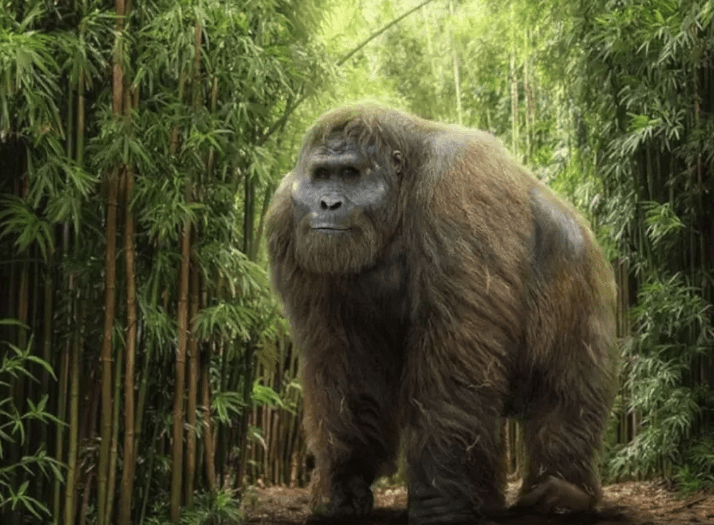
Thought to have gone extinct 295,000 and 215,000 years ago, having first appeared around 2 million...
Environmental and political stories from the US in recent times
- Tim
- March 9, 2024
On this post, I will list a group of articles on North American politics and stories. It is unfortunately a fact, that, no matter what your position is on American...
Environmental and political stories from the UK in recent times
- Tim
- February 27, 2024
On this post, I will list a group of articles on British politics. Unfortunately, there have been quite a lot in recent times, hence this way to deal with them....

